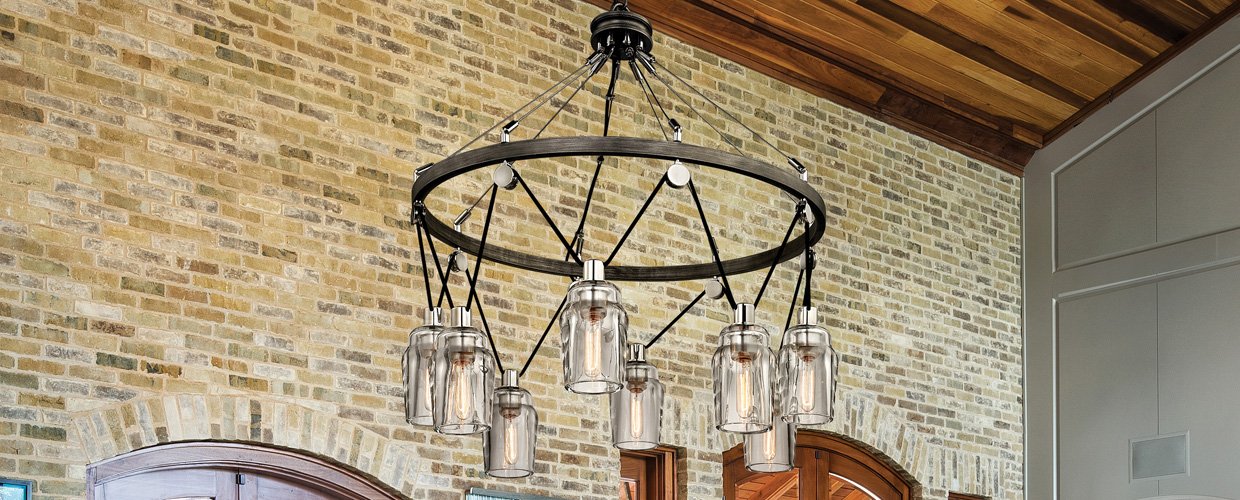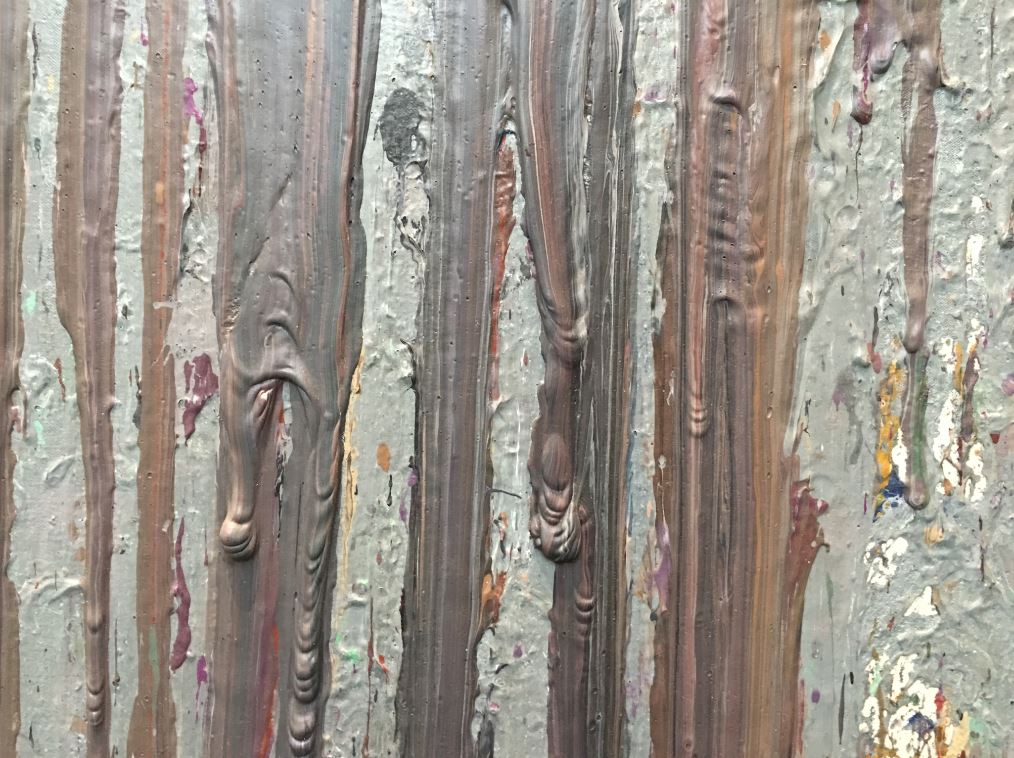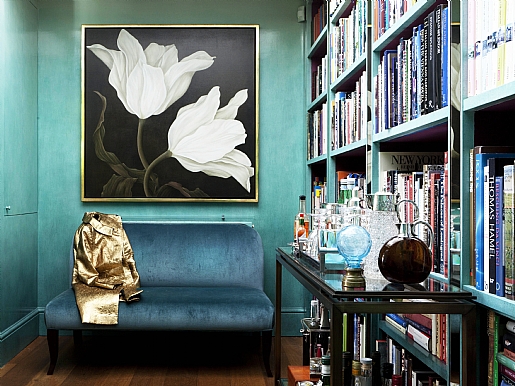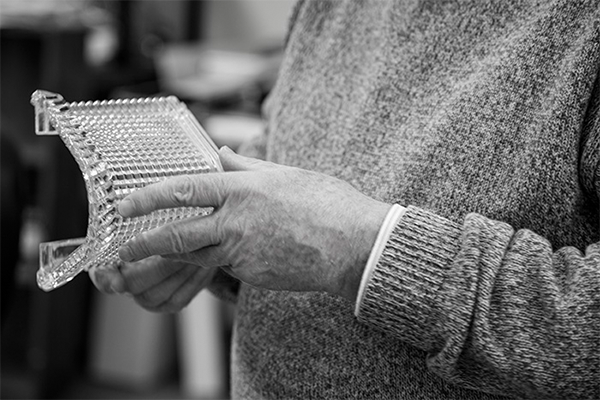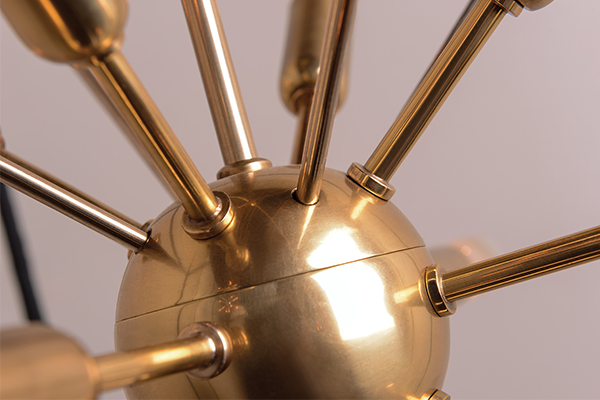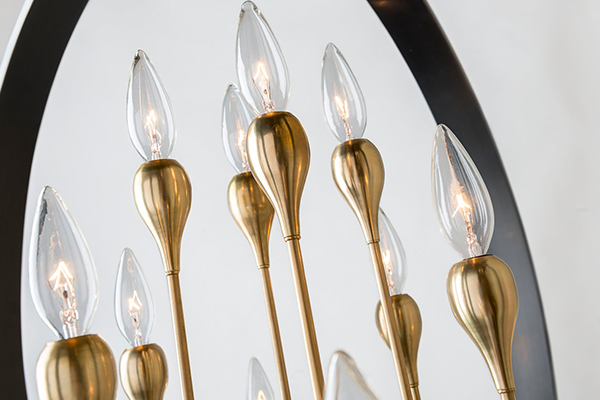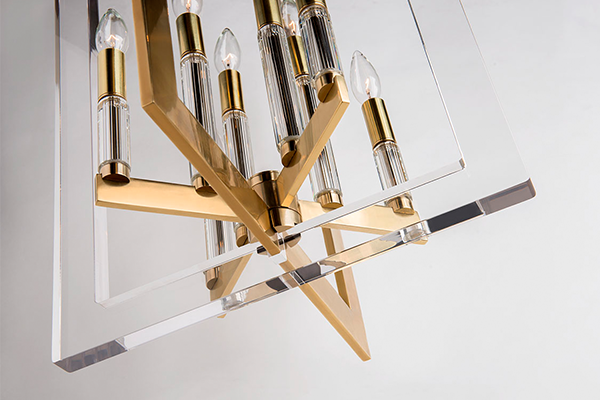Loft living has come a long way since its relatively bleak beginnings in the mid-1900s.
Lofts emerged in the 1960s as a viable, though often sub-standard, housing option for artists and young professionals in urban environments—especially Manhattan. Painters, architects and musicians flocked to spaces in vacant commercial buildings, living in large, open rooms for highly reduced rent prices. While the open windows, exposed brick walls and defining rafters of these spaces added an element of interest to these bare environments, the spaces were often poorly insulated and unequipped with niceties (some even lacking private bathrooms).
Andy Warhol’s Factory—in each of its three historical iterations—encapsulates the rise of the New York loft and its distinct character. An expansive creative space for artistic collaboration (with a now laughably low price tag), The Factory became a hub for experimental art and music, drawing a slew of celebrities ranging from Salvador Dali to Bob Dylan. Images from The Factory show foil-covered walls, silver painted surfaces, chipped concrete floors and dirty columns—not the kind of features you’d expect to associate with the historic names of film and music. Yet, there was something undoubtedly unforgettable, something instantly iconic about the space.
Irresistible and inextricably associated with lively urban life, the charm of early '50s and '60s lofts caught on. However, instead of haphazard crash pads, lofts became structured, deliberate dwelling spaces. Maintaining the industrial ethos, floor-to-ceiling windows and brick surfaces of early lofts, developers began exploring ways to make lofts more “livable,” with modern amenities and more private spaces.
Today’s lofts, which dot SoHo, L.A. and Chicago, come in two types: “hard” lofts, which are converted from once-commercial spaces, and “soft” lofts, which are purely residential lofts modeled to appear as though they were converted from industrial buildings. While hard lofts carry with them an authentic history, both types have high market value and bring with them a certain fascination.
The question becomes, once you land the perfect loft, how do you stay true to its historic styling? With a selection of pendants with industrial overtones, Troy Lighting makes it easy—whether you’re going for a modern spin on metal or looking for a centerpiece with factory features.

Troy Lighting's Berlin (middle), Citizen (right) and Raleigh (left)
Modern Metal Marvels: Berlin
Berlin synthesizes modern contouring and industrial detailing into a pendant with commanding simplicity. An impressive piece of clear, blown glass encases its internal metalwork: a cone-shaped iron mesh screen that encloses an LED light source within a globe diffuser. The light operates with universal dimming switches. Made of handworked iron and finished in gun metal, the Berlin pendant is offered in three sizes.
Early Electric: Citizen
From stainless turnbuckles to thick, pressed glass shades, Citizen intertwines physics and engineering to form functional art. Citizen’s unique focal point is its pulley system with one continuous wire running through its frame, powering and suspending each light at various heights. Made of hand-worked iron and finished in textured graphite and polished nickel, the Citizen collection offers clean yet intricate style.
Factory Features: Raleigh
The industrial era has inspired the design and craftsmanship of many great works in the modern era; the richly detailed Raleigh by Troy Lighting is no exception Made from aluminum and handcrafted steel in an old silver finish, it’s ideal for both interior and exterior use.


